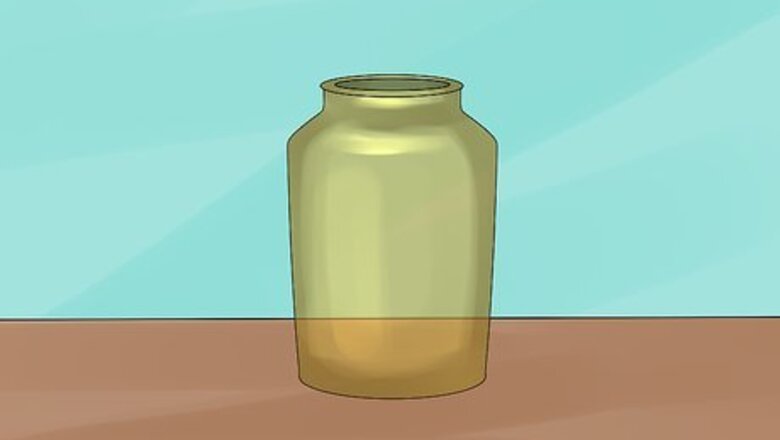
views
Constructing a Leyden Jar
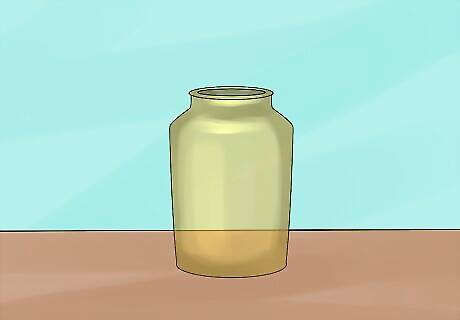
Choose a jar. You have to be careful about what materials you use to construct your Leyden jar. The material must serve as an insulator between the inner charge (+) and the outer charge (-). Choose a glass jar or a plastic bottle with a lid. If possible, get a big jar or bottle, such as one that holds 0.5 to 1 gallon (1.9 to 3.8 l).
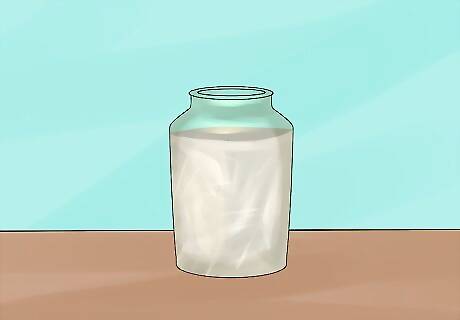
Place foil inside the jar. You will need a conductive material inside the jar in order to charge it. Traditionally, water was used inside the jar. To build a more modern Leyden jar, you should line the inside of the jar with metal foil (tin foil, aluminum foil, etc). Your conductive material will become positively charged when you charge the Leyden jar. Press the foil up against the sides of the jar and make sure it covers the entire circumference.
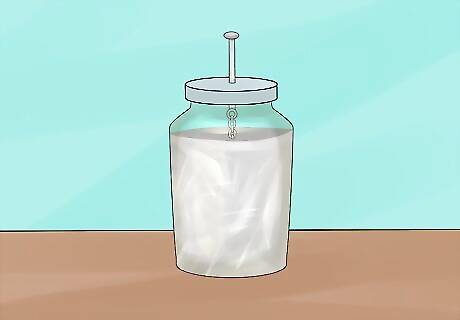
Insert an electrode into the lid. You will need an electrode protruding from the jar to charge the inside of the jar. You can do this by hammering a nail through the lid of the jar. Make sure that the nail goes far enough into the jar to contact the conducting surface (i.e. the foil) inside the jar. You can also connect a chain or other conductive material to the nail and allow it to hang down and touch the inner conducting surface.
Wrap foil around the outside of the jar. The foil should wrap all the way around the bottom half of the jar. The foil on the outside of the jar should not contact the foil on the inside of the jar. The outer foil will have a negative charge with respect to the inner foil.
Charging a Leyden Jar
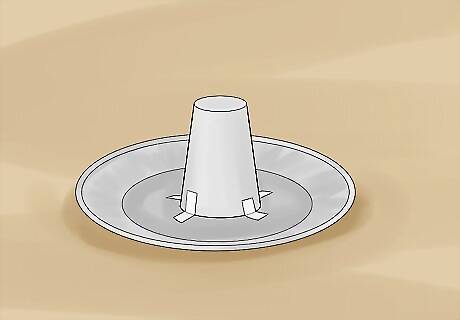
Tape a styrofoam cup to a pie pan. The styrofoam cup will act as an insulator that allows you to pick up the pie pan without touching it. This will be important for charging the Leyden jar effectively. Tape the cup upside down in the center of the inside of the pie pan. The pie pan is functioning as a electro-porous, or charge carrier.

Obtain a foam plate. You will use the foam plate because foam is an insulator. When you add or remove electrons from the foam, the charge will not travel. Instead, the foam will hold it's charge until the charge is dissipated by things like moisture in the air.
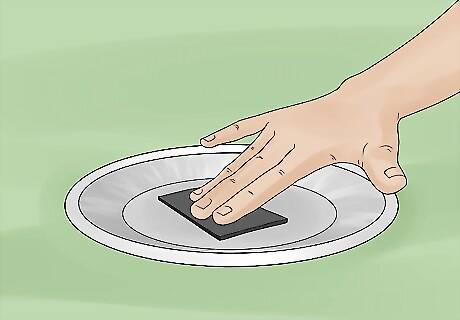
Rub the foam plate with wool. Rub wool on the foam plate to deposit electrons onto the plate. The electrons from the wool are attracted to the foam and “stick” to it. This gives the foam a negative charge. You can buy a small scrap of wool at a fabric store.

Touch the pie pan to the foam plate. Pick the pie pan up by touching only the styrofoam cup. Rest the pie pan on top of the foam plate. This will allow the negative charge of the foam plate to push against the electrons on the pie pan.
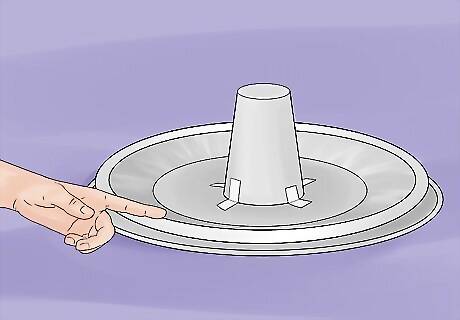
Touch the pie pan with your finger. Touching the pie pan creates a path for the electrons on the pie pan to move away from the electrons on the styrofoam. This happens because electrons are all negatively charged, and thus repel one another. When you touch the pan, you are likely to see, hear, or feel a spark. This spark is the result of electrons moving from the pie pan to your finger, leaving the pan with a positive charge.
Touch the nail with the pie pan. When you touch the positively charged pie pan to the nail through the lid of the jar, you will pull electrons from the inner electrode (the nail and conductive material inside the jar). This balances the charge on the pie pan, but leaves a positive charge on the inner electrode. Be sure hold the jar by the outer electrode (the foil on the outside of the jar) and not to touch the inner electrode with anything but the pie pan (e.g. your finger). You can repeat this process several times to build a stronger charge in the Leyden jar. As electrons move from the inner electrode to the pie pan, you are likely to hear or see a spark.
Discharging the Leyden Jar
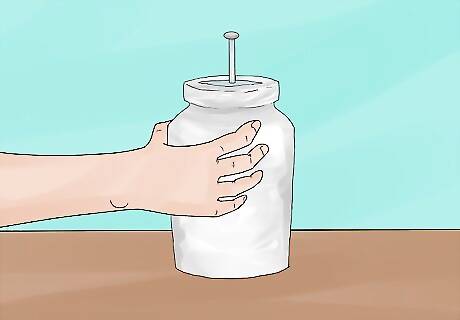
Put one hand on the foil. By putting one hand on the outer electrode, you create a bridge to the negatively charged surface. Make sure that you are not touching the inner electrode, or any other charged surface. No spark or movement of charge will happen when you touch only the outer electrode.
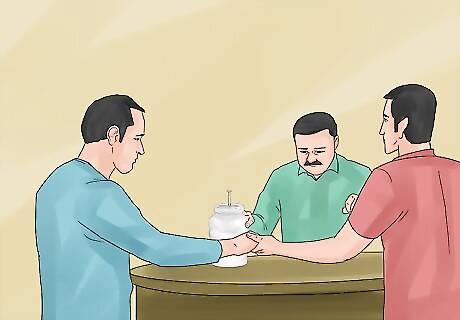
Hold hands in a circle. If you are doing this experiment as part of a group, everyone should join hands in a circle. The first person in the circle should be holding the Leyden jar and contacting only the outer electrode with one hand. They should hold the hand of the person beside of them with their other hand. The last person in the circle will only be holding one hand. Every other person will be holding the hand of the person to either side of them.
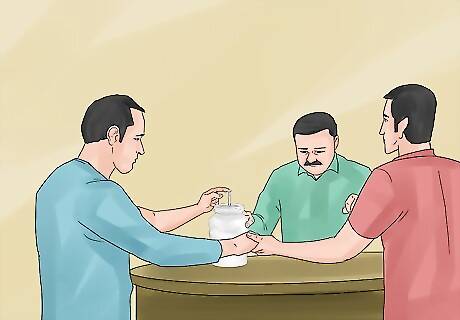
Touch the nail. Once everyone in the group is holding hands, with one person touching the outer electrode, the last person in the circle should touch their finger to the inner electrode. When they place their finger on the nail, a circuit will be created that allows electrons to move from the negatively charged outer electrode to the positively charged inner electrode. Everyone in the circle should feel a shock and you may see or hear a spark. If you are building your Leyden jar alone, touch one hand to the outer electrode and the other hand to the inner electrode to discharge the jar. You will likely see, hear, and feel a spark when you do this.

















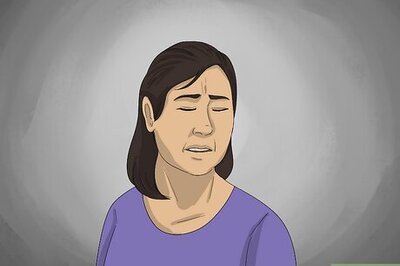

Comments
0 comment